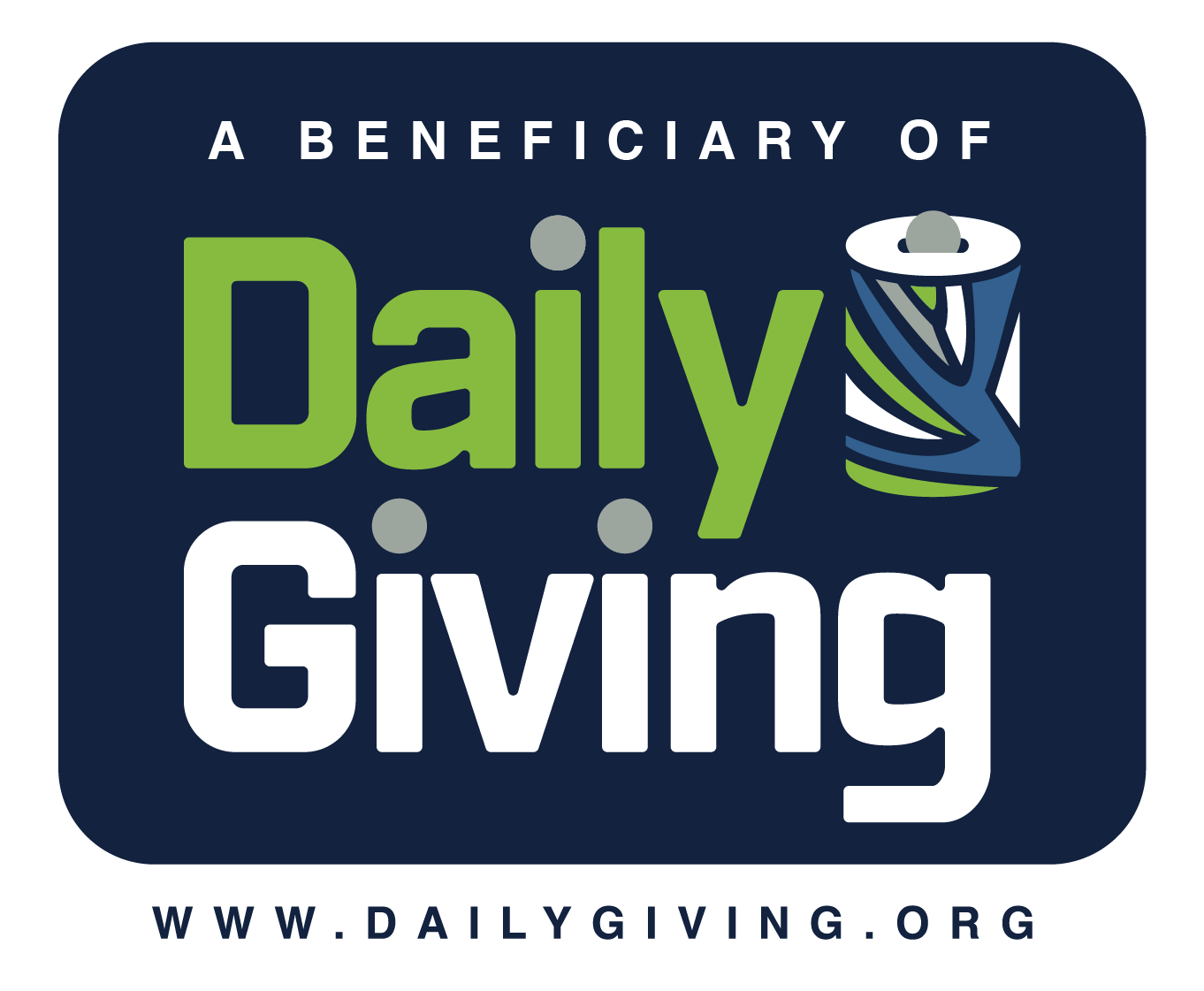The Blessing of the Sun

By Boruch Yonah Lipton
The Talmud (Tractate Berachos 59b) states: "Our rabbis taught: He who sees the sun at its turning point (tekufah) . . . should say, 'Blessed are You who makes creation.' And when (does this occur)? Abaye said: Every twenty-eight years when the cycle begins again and the Spring Equinox (Tekufas Nisan) falls in Saturn ('s hour of prominence) on the evening of Tuesday, going into Wednesday."
The above statement is the basis for the recital of birkas hachammah which will take place, be'ezras Hashem, this year on erev Pesach.To better understand the words of Abaye, imagine three clocks. The first clock has seven divisions instead of the usual twelve. Each division bears the name of a celestial body. At the top of this clock is Saturn (Shabesai). After Saturn and proceeding clockwise around the clock are Jupiter (Tzedek), Mars (Ma'idim), the sun (Chammah), Venus (Nogah), Mercury (Kochav), and the moon (Levanah). Our sages understood these celestial bodies as dominating different hours in the week. The hour that begins at 6:00 A.M. on Saturday is dominated by Saturn. The following hour is dominated by Jupiter, the one after that by Mars, and so on, with the sequence of celestial objects repeating and continuing into the other days of the week. Abaye's statement tells us that the sun was created in an hour dominated by Saturn. Thus, our first clock would have indicated "Saturn" when the sun was created.
The second clock bears seven divisions for the different days of the week. The Talmud indicates that the twenty-eight year cycle restarts in Saturn's hour of prominence when Tuesday evening goes into Wednesday. The hour that Saturn dominates as Tuesday goes into Wednesday is 6:00 P.M. When the sun was created, therefore, the second clock would have just begun to indicate the fourth day of the week (i.e., Wednesday).
The third clock has four divisions, each marking the beginning of a season, or "turning point," of the sun. The vernal and autumnal equinoxes mark the times during the year that the sun appears to move northward or southward from the equator, respectively. The summer and winter solstices mark the times that the sun begins to move south from its most northern point and north from its most southern point, respectively. The third clock begins with the vernal equinox (Tekufas Nisan) at the top, followed in order by the summer solstice (Tekufas Tammuz), autumnal equinox (Tekufas Tishrei), and winter solstice (Tekufas Teves). The amount of time it takes from one tekufah to the next is 91 days and 7 1/2 hours. The time it takes from one vernal equinox to the next vernal equinox is 365 1/4 days (365 days 6 hours). According to Abaye's statement above, the sun was created at the vernal equinox (Tekufas Nisan). That is what our third clock would have read when the sun was created.
If these three clocks would have started ticking when the sun was created, the first clock would have taken seven hours to complete one circuit, the second clock would have taken a week, and the third clock would have taken 365 1/4 days. When the hand on that third clock would have reached the new vernal equinox after a year, however, the other clocks would not have been at their starting points. The first clock would have read "Mars" and the second clock would have read "Thursday," indicating that the new vernal equinox was taking place at 12:00 midnight on the fifth day of the week. At the beginning of the fifth year, the vernal equinox would again have taken place at 6:00 P.M., but that would have taken place on a Monday (the second day of the week) instead of a Wednesday. In the seventh year, the vernal equinox would again have taken place on a Wednesday, but it would have occurred at 6:00 A.M., rather than 6:00 P.M. Not until twenty-eight years were completed would the vernal equinox again have taken place at 6:00 P.M. on the fourth day of the week, which is the same time of day and the same day of the week as the sun was created. In other words, following the creation of the sun, the next time the hands of all three clocks would have all been on top concurrently was twenty-eight years later. Subsequently, the hands of those clocks would reach the top at the same time every twenty-eight years.
The return to the way the world was at the time of Creation is what birkas hachammah signifies. Hashem created different means of reckoning time in the world He made. The three methods of recording time discussed above are always as they were exactly twenty-eight years earlier. When we view the sun at Tikufas Nisan of a year that comes after a multiple of twenty-eight, as 5769 is, the time-measuring systems are just as they were when the sun was first created. When we see the sun on the morning of reciting birkas hachammah, it is as if we are viewing the sun as it appeared when it was created. And upon viewing such a phenomenon, we rightly praise Hashem by saying, "Blessed are You who makes creation."

Boruch Yonah Lipton is the author of The Sin of the Golden Calf According to Rashi and The Song at the Sea According to Rashi. Both can be purchased by contacting the author via his email, boruchyonah@yahoo.com.


